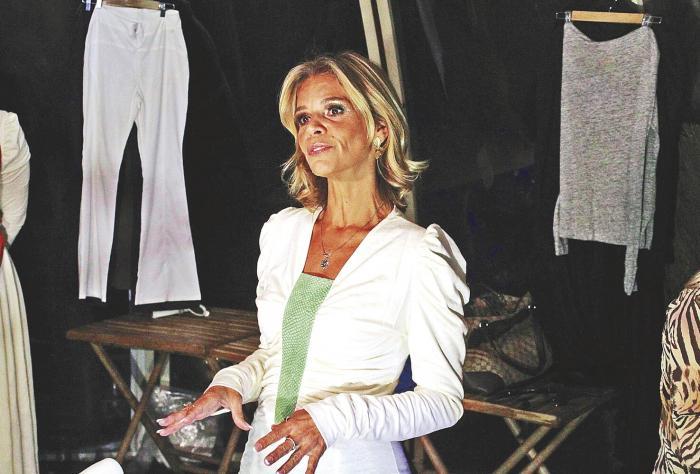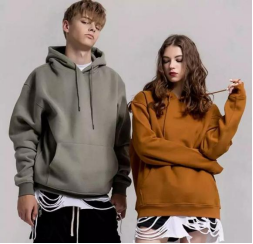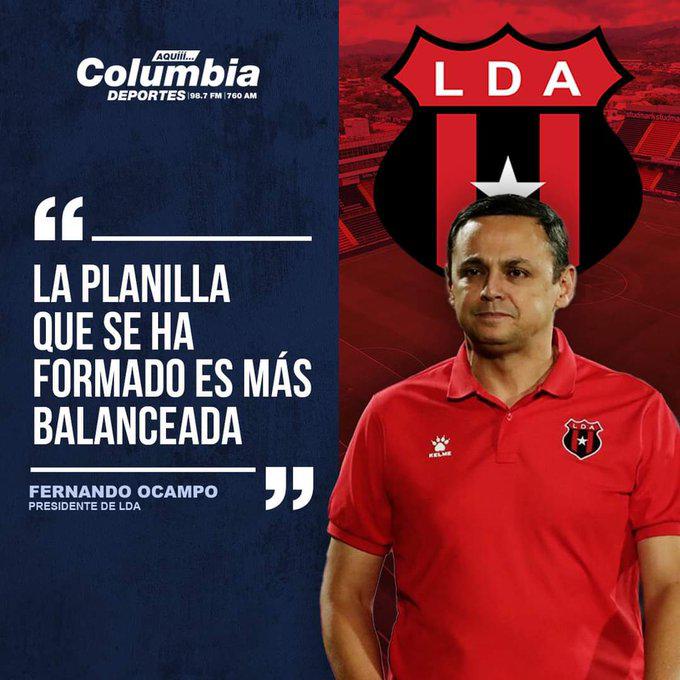Salmon and cod clothing, the new opportunity for sustainable fashion
Fashion and sustainability are increasingly going hand in hand, and what was once considered salmon and cod waste can now be transformed into clothing, as Brazilian businesswoman Fabiana Thorres demonstrates.
"The focus of our company is sustainability. Since Rio de Janeiro, our concern was that waste was zero. The fashion industry, in fact, is the second most polluting in the world. The idea was always to transform the woven into high-quality handmade products", explains Fabiana Thorres in an interview with Efe.
His company took off a quarter of a century ago in Rio de Janeiro and in Portugal he has been working on a project for three years that has achieved a first clothing collection with thirty pieces.
A dozen of the models are made with cod and salmon waste.
"Some of them we left in natural size so that you can see what the fish was like and its format, in others we cut them into strips and in others we left it as a detail," he explains.
FROM MASKS TO SALMON DRESSES
In Portugal, Thorres made its debut in the middle of the pandemic with the production of fabric masks thanks to an investment client.

Later, she moved on to sportswear, swimwear and bikinis, until she decided to launch the fashion project with fish skins.
The process is not easy, although there is no lack of raw material. Cod from Norway, Denmark or Finland is desalinated in Portugal -the second European country in terms of fish consumption-, where tons of waste remain.
Thorres obtains the skins from the fishing industry and, after a selection, those that may be valid are sent to a tannery in the north of the country. Once tanned, they are ready to make clothes.
"We are not killing the fish to make clothes but working on the residues that exist. Our intention is to have a much less polluting waste," he says.
How to Decide if Genetic Counseling Is Right for You, see this post on Cnipo https://t.co/uW0BchKoLB
— Cnipo_online Thu Jul 14 11:55:38 +0000 2016
"This was a path we chose and the clients accepted and liked it very much. They understood that this had added value", explains the businesswoman, with 30 workers in Rio de Janeiro and eight in Portugal.
The main challenge at present, he maintains, is to remove the skin more carefully "because it is not something to which one is accustomed and requires greater care" and to carry out the chemical processes naturally.
FINE SKIN WITHOUT ODOR
The skin of salmon and cod is "super resistant", more delicate than leather and similar to goat skin, with a "tasty and fine" touch and stands out for its creativity.
In addition, Thorres responds emphatically to a question that is constantly asked: "It doesn't smell."
The businesswoman debuted in "fish fashion" in the Amazon, with salmon, tilapia and pirarucu skins.
"When the skins began to be thrown in the right way, they became a source of income for all the completely forgotten communities in the Amazon," he recalls.
This is a "blue economy" model that makes it possible to take advantage of the use of fish waste to make bags, belts, shoes, wallets and clothing.
There are already several experiences in the world, such as the company Nordic Fish Leader in Iceland, the Coopescarte group in Brazil, the Parisian brand Thalie Paris or the Spanish Idunnbags.
Even the Food and Agriculture Organization of the United Nations (FAE) created the Blue Growth Initiative in 2017 to promote innovation in coastal communities through practices such as the use of fish remains to make clothing.
Brian Bujalance




